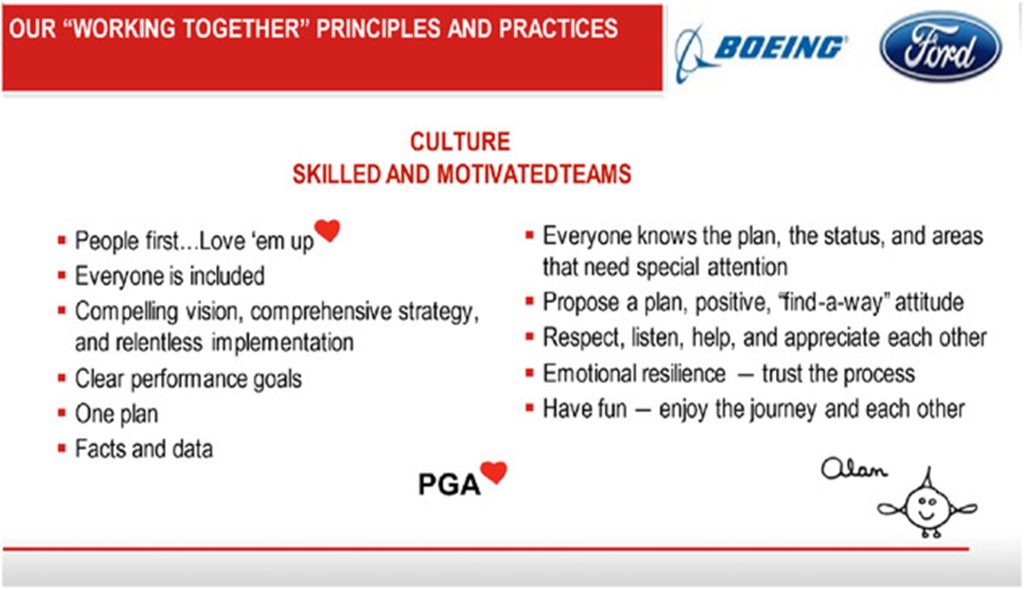Leaders set the tone for how everyone works together. Leaders cultivate culture.
Maybe you’ve heard the phrase “tone at the top.” It’s been around for decades in management accounting, even prior to 1992 when I first studied for the Certified Management Accountant exams.
Back then, “tone at the top” was used in a context of ethics, compliance, and governance.
But a leader’s tone—what you model as a leader—influences so much more than compliance, ethics, or governance.
As a leader, the behavior you model for the organization will in turn be the behavior throughout the organization. At least from those who stay. Those who leave will remember the culture, good or bad, long after they’ve left. Even those who have simply worked with your organization can influence others, for or against, working with you.
The lasting impact of the culture you cultivate
Your workplace culture will impact the performance, behaviors, and actions of those in it today, and it will impact your organization due to what people who have encountered the culture tell others about it.
For what duration will you reap what you were sowing (intentionally or not) with your “tone at the top?” I recently was in the same room during a conversation between a young woman and her grandmother. I’ll share enough for you to get the answer:
31 y/o: The work is a bit boring, but I like the people, so I may stay beyond this initial project. I think they’ll ask.
88 y/o: I agree! People make such a difference! I don’t think I would have retired early if I’d liked the people I worked with more.
31 y/o: Right! I had work I truly loved several years ago, but I had to get away from the toxic workplace. It was so unhealthy. The work was exciting, and I was good at it, but I had to leave.
88 y/o: I’m sorry and I’m so glad you like the people you work with now. That makes all the difference.
To my knowledge, the 88-year-old retired near age 63. While her memory has faded about many topics, how she felt at work has stuck with her and is still there, ready, in her mind (and heart).
Steps toward a more vibrant workplace culture
You care about people working well together. You want people to stay healthy and be at their best—for them, and because it’s what’s needed for brilliant execution. So, let’s explore what you might do.
How as a leader, might you cultivate a culture that is the foundation for a vibrant business? What can you start doing now that can positively influence the culture for years to come?
Below is a four-part culture-cultivating practice to weave into how you lead:
-
- Include culture cultivation in strategic planning, starting with vision;
- Communicate strategy and values in a way that reaches everyone, with clarity;
- Consistently ask everyone (assess) about alignment—not just how their role aligns with strategy but also how what they desire aligns with their role and the culture;
- Expect all leaders (including you) to hold 1-1 conversations, minimum monthly.
I’ll address this four-part practice in more detail in the next post.
First, I want to help you create a visual in your head, and feeling in your heart, about the tone you want to set. I’ve embedded below a summary slide of the principles and practices Alan Mulally created to cultivate a culture of working together at Boeing and Ford. Especially at Ford, doing so required a significant pivot away from internal competition.

This is based on Mulally’s vision for Ford, which he called “One Ford.” For the culture he chose a similar, aligned phrase, “One Team.”

Your best next step
For your “Your 1 Best Next Step,” consider your vision for your organization and the nearer-term strategy to move you toward that vision. Look inside that vision to the workplace. What is the culture you see—the people and how they are working together—that translate strategy to action, and vision to reality?

